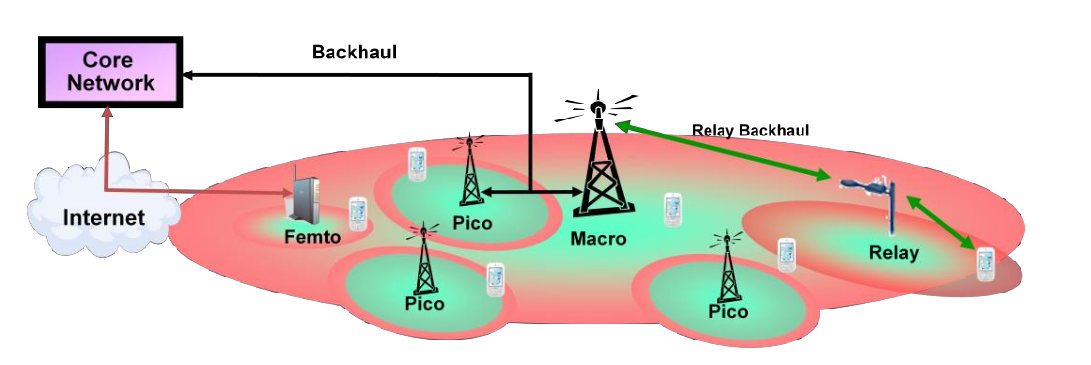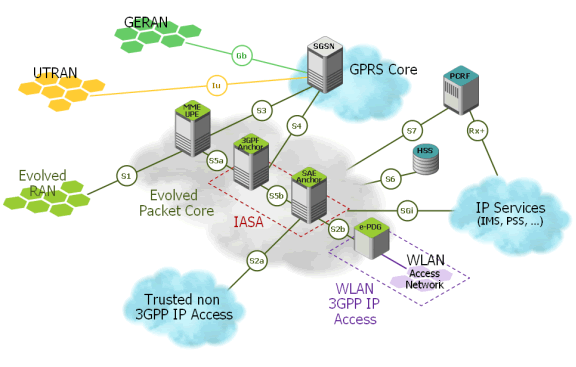
Way To 1000X Data Rate In Mobile Communication
Mobile data rate is never at its peak in the history and it won’t be sufficient anytime soon in near future. GPRS, EDGE, 3G, HSDPA, HSPA+, LTE or LTE-Advanced none of these technology will ever will make the data hungry mobile devices happy. Why because it’s a never-ending story. I was watching a football world cup qualifier match two days (more ..)






